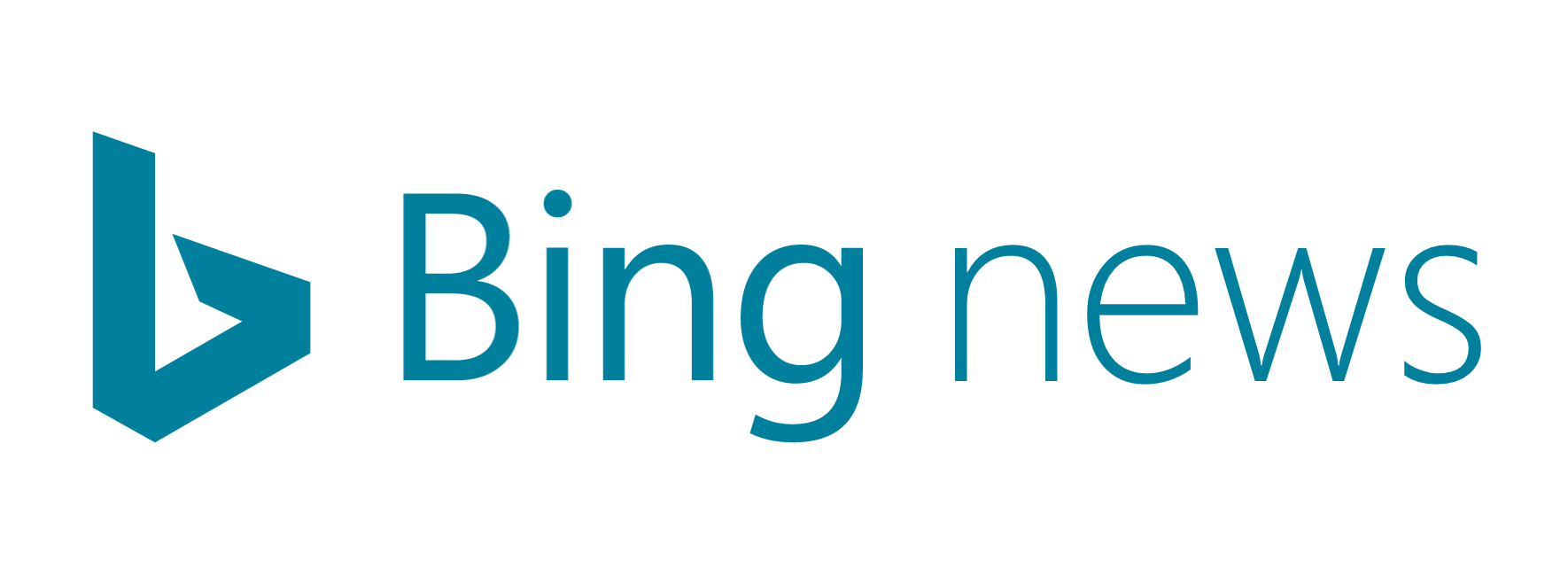Contents
- 1 The Future of Education Loans: Key Trends to Observe: Education funding is always changing and needs our attention. As the cost of higher education keeps going up, students need new ways to pay for their studies. Education loans have been a popular option, helping many people afford college. But now, new options like quick education loans might change how we think about education loans in the future.
- 2 Key Trends Shaping the Future
- 3 1. New Technology in Finance
- 4 2. Government Programs
- 5 3. Public-Private Collaborations
- 6 1. Improved Accessibility
- 7 2. Supporting Diversity
- 8 3. Encouraging Creativity
- 8.1 The availability of financing options encourages colleges and universities to be more creative. They try to attract and keep students by offering better tuition rates, scholarships, and financial aid.
- 8.2 Also, the growth of online education and vocational training programs gives students new chances to learn skills that are needed in the job market. This helps boost economic growth and make India more competitive.
- 9 4. Addressing Challenges and Promoting Sustainability
- 10 5. Managing Risks
- 11 6. Ensuring Compliance with Regulations
- 12 7. Understanding Financial Literacy
- 13 Why Propelld?
- 13.1
- 13.2 1. What are education loans? Education loans provide financial assistance for students to cover tuition, books, and other education-related expenses.
- 13.3 2. What are the objectives of education loans? The main goal is to help students afford quality education without financial barriers, enabling access to tuition, accommodation, and related costs.
- 13.4 3. How do instant education loans differ from traditional loans? Instant loans use technology for quick approvals and disbursements, while traditional loans involve lengthy procedures.
- 13.5 4. What are fintech companies doing for education loans? Fintech platforms simplify the loan process using digital tools, enabling faster approval and tailored loan options.
- 13.6 5. What is the role of the government in education loans? Government initiatives like interest subsidies and repayment plans aim to make education loans more affordable for students.
- 13.7 6. What are the benefits of instant education loans? Instant loans offer quick disbursal, convenience, and simplified procedures, making education financing accessible to more students.
- 13.8 7. What risks are associated with instant education loans? Risks include potential defaults due to insufficient financial planning and challenges in ensuring compliance with regulations.
- 13.9 8. How do education loans support diversity? By offering flexible options, these loans help students from underprivileged backgrounds pursue higher education.
- 13.10 9. What is the scope of education loans in India? Education loans cover undergraduate, postgraduate, professional courses, and studying abroad, supporting diverse educational needs.
- 13.11 10. What is the market opportunity for education loans in India? Rising tuition costs and demand for higher education present significant opportunities for education loan providers.
- 13.12 11. How does technology enhance education financing? Technology enables faster loan approvals, better risk management, and tailored financial solutions for students.
- 13.13 12. What are the repayment options for education loans? Repayment options include flexible tenures, income-based repayment plans, and moratorium periods during the course duration.
- 13.14 13. How does financial literacy impact loan management? Financial literacy helps students make informed decisions, reducing the risk of defaults and promoting responsible borrowing.
- 13.15 14. Can students study abroad with education loans? Yes, many education loans cover international tuition, living expenses, and travel for studying abroad.
- 13.16 15. How do public-private partnerships impact education loans? Collaborations improve financial accessibility, bring innovation to loan products, and enhance support for students.
The Future of Education Loans: Key Trends to Observe: Education funding is always changing and needs our attention. As the cost of higher education keeps going up, students need new ways to pay for their studies. Education loans have been a popular option, helping many people afford college. But now, new options like quick education loans might change how we think about education loans in the future.
 Understanding the Current Challenges
Understanding the Current Challenges
India’s education system is vast and diverse, but it faces major challenges like access, cost, and quality. The government has made efforts to improve education through initiatives like the Right to Education Act and support for disadvantaged communities. However, traditional bank loans can be tough for many students. These loans often have expensive application processes, high interest rates, and complicated procedures, making it hard for students, especially those from low-income families, to get the support they need.
The Promise of Instant Education Loans
In the middle of these challenges, instant education loans offer a lot of hope. They provide simpler and more convenient financial options for students across India.
Unlike traditional bank loans, instant loans use technology to speed up the application and approval process. This means students can receive funds quickly and easily.
With just a click, they can apply for a loan online and get approval almost immediately based on their credit score, or sometimes within a few hours. This fast process helps students meet their urgent financial needs and allows them to make important decisions about their education on time.
Key Trends Shaping the Future
Many trends are changing the way education financing works in India:
1. New Technology in Finance
More fintech startups in India are bringing new ideas to lending. This has led to online platforms that offer quick education loans. These platforms use technology to screen the borrowers.
By making the loan approval process automatic and needing less human help, these fintech companies are changing how students can get money for their education.
2. Government Programs
The Government of India has started many programs to help students access education and reduce their financial stress. Programs like the Pradhan Mantri Vidya Lakshmi Portal and the Interest Subsidy on Education Loans give students a chance to get affordable loans with good terms. Also, new plans for paying back loans based on income and loan forgiveness programs are meant to help graduates manage their debt and encourage more students to go for higher education.
3. Public-Private Collaborations
Working together with the government, private companies, and non-profit organizations is very important for helping more students get financial support for education and improving their money skills.
When these groups partner up, they can share resources, knowledge, and good ideas, which helps them create new solutions for the different needs of students in India. By using the strengths of each group, these partnerships can bring about big changes and build a better and fairer system for education financing.
Consequences for Students and Educational Institutions
These upcoming trends in education loans and innovative financing models are bringing significant changes for students and educational institutions.
1. Improved Accessibility
Instant education loans help more students pursue higher education by making it easier to get money for their studies, regardless of their financial situation.
By removing barriers to getting funds and offering flexible repayment options, these loans allow students to chase their academic dreams without stressing too much about money.
2. Supporting Diversity
Education financing helps students from low-income backgrounds, such as women, people from villages, and those who are facing financial difficulties, to pursue higher education and achieve their dreams.
By promoting diversity and inclusion in schools, instant education loans support the growth and improvement of communities throughout India.
3. Encouraging Creativity
The availability of financing options encourages colleges and universities to be more creative. They try to attract and keep students by offering better tuition rates, scholarships, and financial aid.
Also, the growth of online education and vocational training programs gives students new chances to learn skills that are needed in the job market. This helps boost economic growth and make India more competitive.
4. Addressing Challenges and Promoting Sustainability
While instant education loans have a lot of promise, there are some challenges that need to be solved to make sure they can last and have a positive effect in the long run.
5. Managing Risks
Lenders need to have strong risk management strategies to reduce the chances of loan defaults and keep their loan portfolios healthy. This means they should carefully check the creditworthiness of borrowers, keep an eye on how well students are repaying their loans, and offer support to those who might be facing financial problems.
The upcoming automated trends in the education loan sector are making risk management easy for the firms.
6. Ensuring Compliance with Regulations
Fintech companies that provide education loans need to follow rules and laws that protect borrowers so that their interests are safe and trust in the financial system is built.
Regulatory authorities, industry players, and consumer support groups need to work together. This teamwork will help create rules that encourage new ideas while ensuring that lending is done responsibly.
7. Understanding Financial Literacy
Improving financial knowledge among students is very important for encouraging responsible borrowing and smart decision-making. Schools, government agencies, and non-profit organizations should work together to create and run financial education programs.
These programs will help students learn how to manage their money well and make good financial choices throughout their lives.
The future of education loans in India is changing with instant loans, government programs, and public-private partnerships. These changes are making it easier for students from various backgrounds to access financing.
To ensure success, it’s important to address challenges like risk management, regulatory compliance, and financial literacy. By promoting collaboration and innovation, India can create a strong education financing system that empowers students and strengthens the country’s future.
Take charge of your dreams with Propelld! Enjoy a 100% digital process, quick approval, flexible repayment options, and loans up to INR 50 lakhs without collateral. Propelld ensures minimal hassle, so you can focus on acing the ATMA exam and securing your MBA admission.
Why Propelld?
The following are the primary benefits of Propelld.
| Particulars | Details |
| Max Loan Amount | 50 Lakhs |
| Collateral | Not Required |
| Moratorium | Available |
| Processing Time | 10 Times Faster than Banks |
| Disbursal Time | 7 Days |
| Approval Rate | Higher than Other Banks |
| Special USP | Marks Based Approval |
| % Financed | 100% of Fees |





